The thrill of fooling Golden Dorados with flies lies in the incredible visual action we witness with every strike, whether using a streamer fly or a topwater fly pattern. To succeed in catching Golden Dorado, our expert guides have curated a diverse selection of flies, each designed to tackle different scenarios encountered when pursuing these fierce fish.
Agustin Tettenborn, AKA Tette, shares why he selected his top 5 flies for guiding at our three lodges.

These patterns are utilized at any of our lodges, whether at Itati Lodge in the upper Parana river, La Alondra’i in the Iberá wetlands, or the middle Parana river and Isoró wetlands in Jetu’u. It’s advisable to have different sizes of each, ranging from 4 ½ inches to 6 inches tied on 2/0 hooks and +6 inches on 4/0 or 6/0 hooks, depending on the hook model. The most commonly used hooks are Gamakatsu SL12, Gamakatsu B10S, and Gamakatsu SC15. Additionally, for streamer patterns, consider having some flies weighted with lead eyes or lead wire on the hook and others lighter with chain or 3D eyes. Having a variety of color combinations is crucial. My favorites include full black, black head and violet tail, chartreuse head and yellow tail, and black head and chartreuse tail.
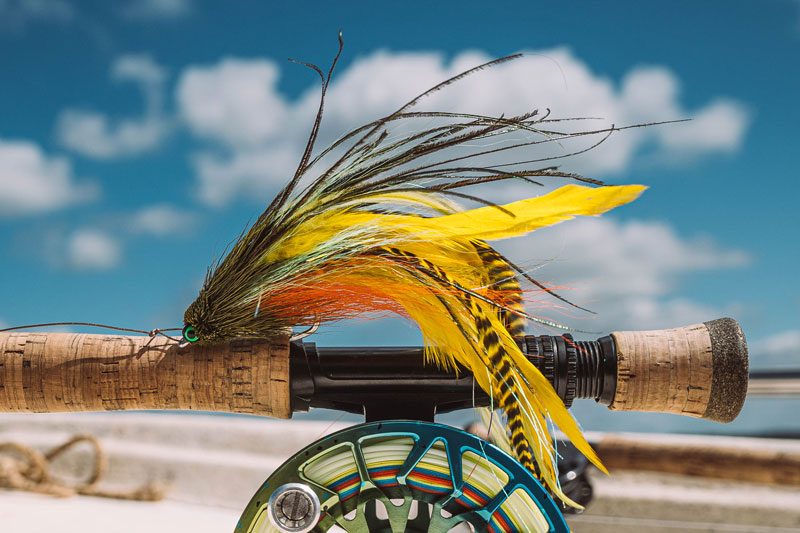
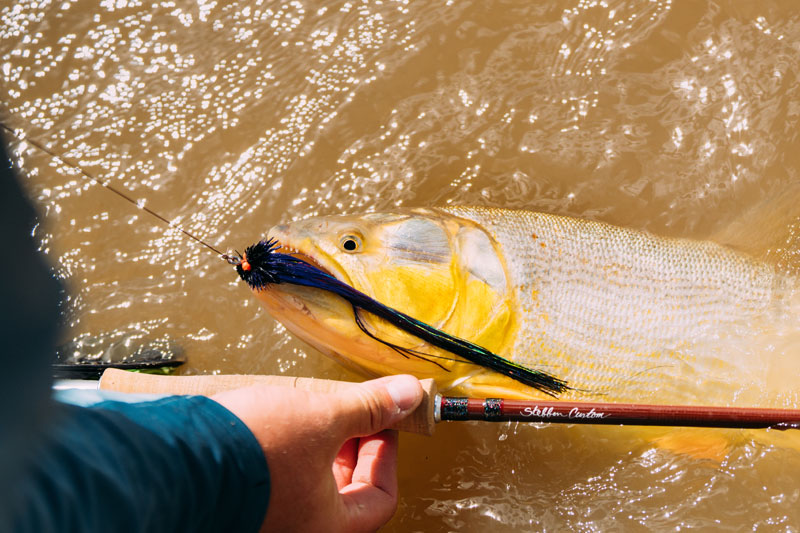
1. Andino Deceiver:
Leading our list is the renowned and classic Andino Deciver, crafted almost entirely from natural materials. This streamer features schlappens and flash for the tail, Bucktail for the body, peacock herl for the back, and a muddler head with chain or lead eyes. This pattern is highly effective in colored waters due to the muddler’s head ability to push more water and create vibrations, increasing the chances of getting more bites.

2. Synthetic Streamers:
Coming in second are the synthetic streamers. These are made entirely of synthetic fibers, from tail to head, using materials like predator fibers or Steve Farrar and 3D eyes. Highly effective in spots with a lot of dorado activity and constant bites, these flies stand out. The durability of the synthetic materials ensures that the fly withstands the fish’s teeth, allowing us to fish longer without changing flies.
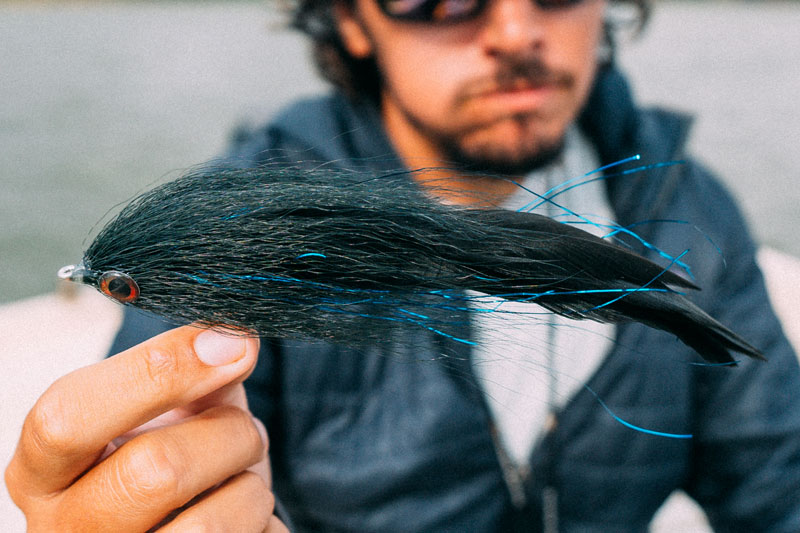
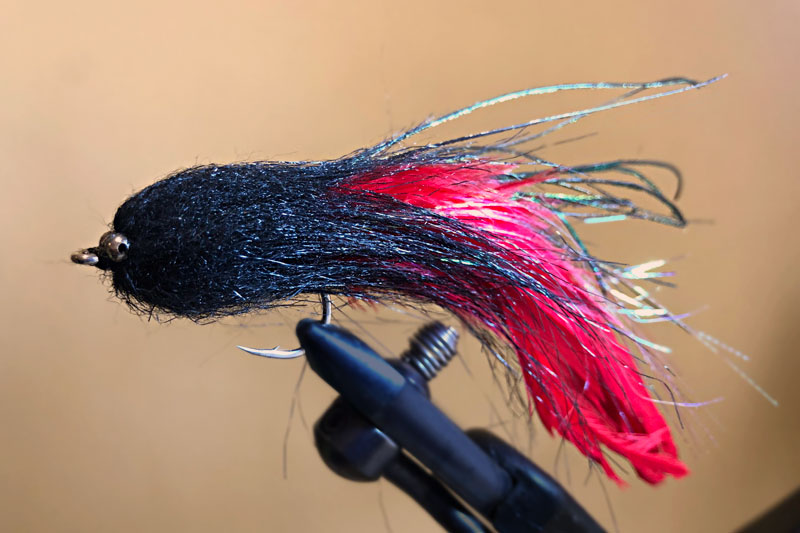
3. Parana River Series:
The Parana river Series, created and designed by the dorado guides of Set Fly Fishing, is a true workhorse. Constructed with a blend of 50% natural and 50% synthetic materials, it features schlappens and flash material for the tail, Bucktail for the body, peacock herl for the back (similar to the Andino Deciver), and finishes with a craft fur brush or dubbing loop for the head. You can use chain eyes, lead eyes, or even 3D eyes. This is my personal favorite, adaptable to any fishing situation and always reliable.
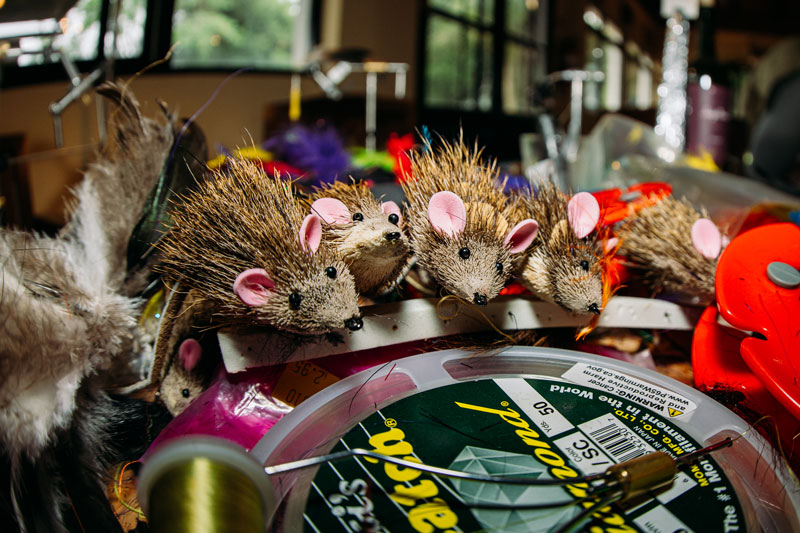

4. Mouse:
One of our favorite topwater flies, the Mouse, is perfect for fishing in various structures. You can fish it by stripping, dead drifting, or skating it across the water. Whether skating it in front of a log in the Parana river, stripping it in still waters, or skating it in a small wetland stream, the Mouse excels. Made entirely with deer hair, these flies are tied on hooks ranging from #2 to #4/0, depending on the desired size. It’s essential to use hooks with a slightly longer shank and wide gaps, such as the Gamakatsu B10S in sizes 3/0 or 2/0, which are ideal for tying mouse patterns.
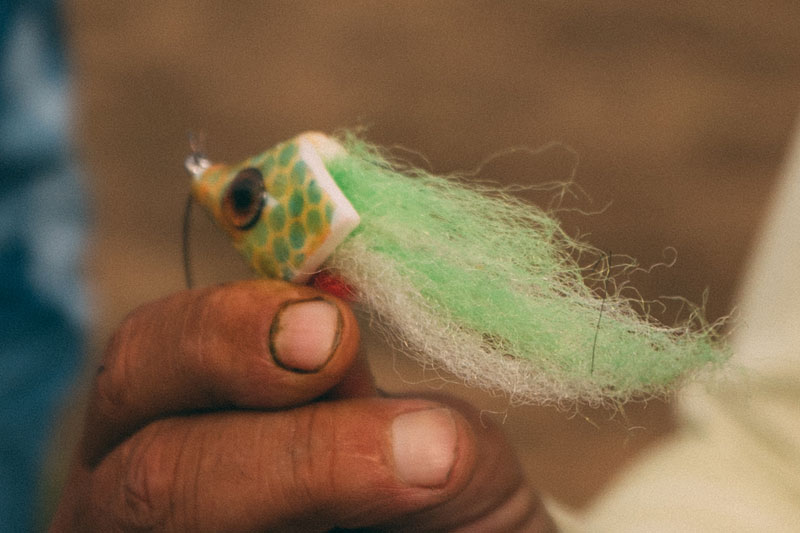
5. T-Walk:
Next is the T-Walk, a subsurface streamer that sinks when stripped long and fast, then resurfaces. This fly is excellent in slightly colored waters as it creates significant surface turbulence and acts like a streamer when it dips, activating the metabolism of the dorados. The T-Walk features a double foam triangular head, sealed at the eye, hollow inside, and open at the back, from which a synthetic fiber tail emerges. We use hook sizes between #2 and #4/0, similar to those for the mouse. This versatile fly works well in various waters at our lodges, from calm wetland waters to sandbanks in the upper Parana river. It’s effective around logs in the middle Parana river, cliffs, lagoons, or small streams. The T-Walk is fun to fish and adapts to any fishing situation.


Bonus Fly: Crease Fly Popper:
Lastly, the Crease Fly Popper is a must-have. This 100% floating fly creates significant surface noise, attracting dorados even when they’re not active with streamers. It’s especially effective in colored waters; the noise compensates when streamer performance drops, increasing your chances of strikes. This fly works best in still or gently flowing waters, such as wetland lagoons or slow wetland streams, where you can work it slowly with long, gentle strips. It’s also great in shallow sandbars of the Parana river. We typically use slightly larger hooks for the Crease Fly Popper, aiming for maximum visibility and noise to draw in fish.
Fishing with topwater flies offers an exciting visual experience. Watching a dorado aggressively rise to the surface to attack the fly is an incredible sight, capturing the essence of what we aim for with our floating flies.
All our guides are fully equipped with the right flies, wire tippet, leader materials, and gear backup. Although, for us fly tiers, there’s always that extra thrill of fooling a fish with a fly we tied ourselves. Give us a shout if you’d like more information about what to tie before your trip.
Hooked on Knowledge:
Our Article Collection
Contact us
Have questions about our fly fishing programs or need more information? We’re here to help!





